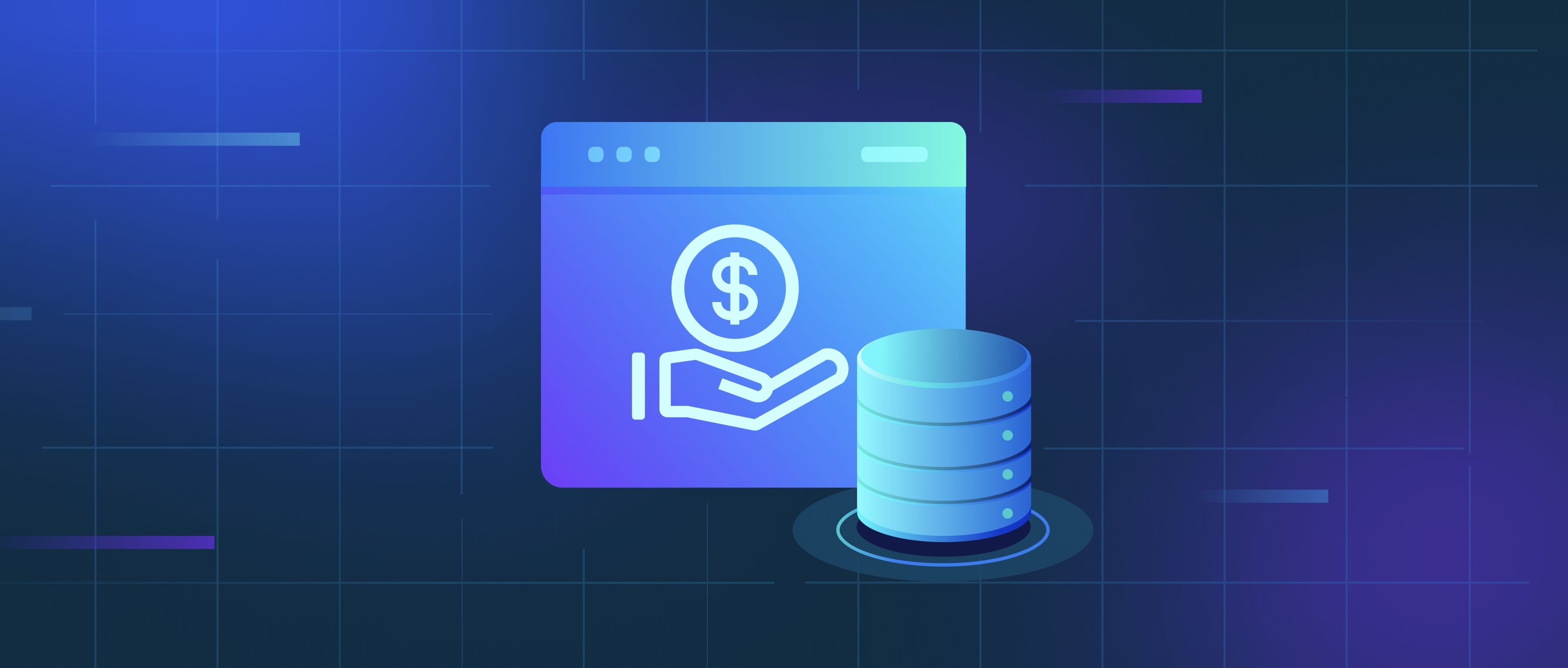Convolutional Neural Networks (CNNs) are a popular choice for tasks like image classification, object detection, and segmentation. To use CNNs, start by selecting a framework like PyTorch or TensorFlow. These frameworks provide APIs for building CNN layers, such as convolutional layers (Conv2D), activation functions (ReLU), and pooling layers, which extract spatial features from images. Once the CNN architecture is defined, the next step is data preparation. Images in the dataset should be resized to a consistent size and normalized. Augmentation techniques like rotation, flipping, or cropping help improve the model's generalization by simulating diverse conditions. The dataset is usually split into training, validation, and testing subsets. Training involves feeding labeled data into the network, using a loss function like cross-entropy (for classification tasks), and optimizing weights through algorithms like Adam or SGD. Post-training, the model's performance is evaluated on test data to measure metrics such as accuracy or precision. Fine-tuning pre-trained CNNs like ResNet or MobileNet can save significant time and computational resources when working on specialized tasks. These models are trained on large datasets (like ImageNet) and can be adapted to domain-specific applications, such as medical imaging, robotics, or autonomous systems.
How to use Convolutional Neural Network in your projects?

- AI & Machine Learning
- Retrieval Augmented Generation (RAG) 101
- Vector Database 101: Everything You Need to Know
- Natural Language Processing (NLP) Basics
- Advanced Techniques in Vector Database Management
- All learn series →
Recommended AI Learn Series
VectorDB for GenAI Apps
Zilliz Cloud is a managed vector database perfect for building GenAI applications.
Try Zilliz Cloud for FreeKeep Reading
How do I use OpenAI’s embeddings for semantic search?
To use OpenAI’s embeddings for semantic search, you first need to generate embeddings for the text data you want to sear
What is the difference between centralized and decentralized databases?
Centralized and decentralized databases differ primarily in how data is stored, managed, and accessed. A centralized dat
How do SaaS companies measure ROI?
SaaS companies measure return on investment (ROI) primarily through the analysis of revenue generated compared to the co